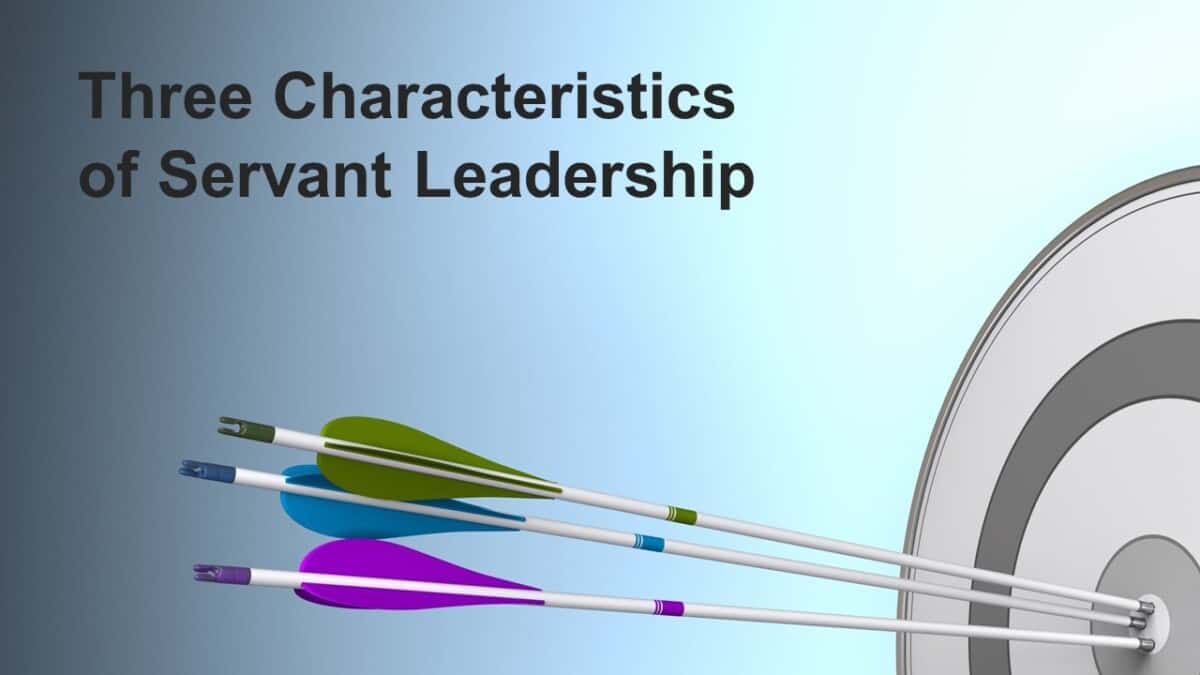Four Ways To Evaluate Employee Engagement

There are four proven ways to evaluate employee engagement:
1.Retention rate
2.One-to-one meetings
3.Stay and exit interviews
4.Employee engagement surveys
Why Companies Need Leadership Development Programs

Companies need leadership development programs to help leaders at all levels develop resilience and build human capability, the mainspring of business success. Well-targeted leadership development programs can help leaders respond to four types of challenges: strategic, change, political, and cultural.
Leadership Development Programs and Leadership Training Programs That Guarantee Results

There are a few leadership development programs and leadership training programs that offer a money-back guarantee, and even one program that guarantees a return on investment.
The Strongest Leadership Skill in the Era of Remote Work

The strongest leadership skill is the ability to inspire and motivate employees to deliver exceptional work. This skill has become even more vital in the era of remote work and is honed by leaders through clear communication, recognition of achievements, empathy, fostering growth, and leading by example.
The Best Leadership Development Programs: Shaping the Leaders of Tomorrow

The companies with the best leadership development programs know that leadership isn’t just about managing teams—it’s about inspiring change, driving innovation, and building a sustainable future. Whether they provide internal programs or access to external resources, they are investing in long-term success.
Why Companies Should Invest In Leadership Development

Investing in leadership development is not just a choice but a necessity for companies. It positively shapes the company culture, improves strategy execution, enhances organizational adaptability, and aids in attracting and retaining skilled employees.
How Leadership Can Contribute To Employee Motivation

Leadership can contribute to employee motivation and support a positive employee experience by creating an atmosphere of trust, regularly checking in with employees to find out what they need to succeed, celebrating their successes, letting them know they are making an impact, and facilitating their growth.
How To Be a Good Leader in Difficult Times

There are six areas leaders can focus on that will help them support their teams and keep them motivated to do great work, even in difficult times: Communication, accountability, flexibility, adaptability, authenticity, and compassion.
What Is a Leader in Management?

A leader in management motivates and guides employees to work together to meet goals by building authentic influence beyond positional authority. Leaders do this by clearly articulating a vision that unites employees, committing to the growth of team members, and fostering a positive, inclusive work environment.
Three Characteristics of Servant Leadership

Three characteristics of servant leadership that set it apart from traditional leadership styles are its approach to building authentic influence with followers, its focus on the growth and success of others, and its commitment to achieving goals sustainably and without harming employees’ well-being.